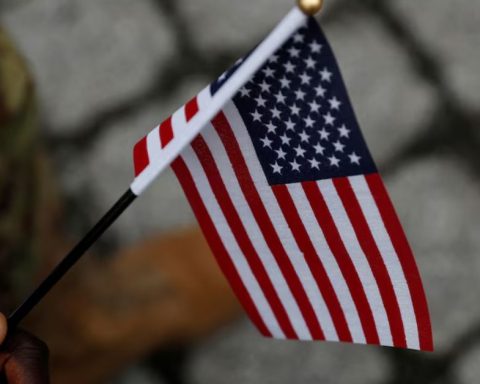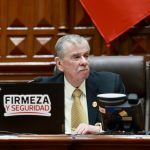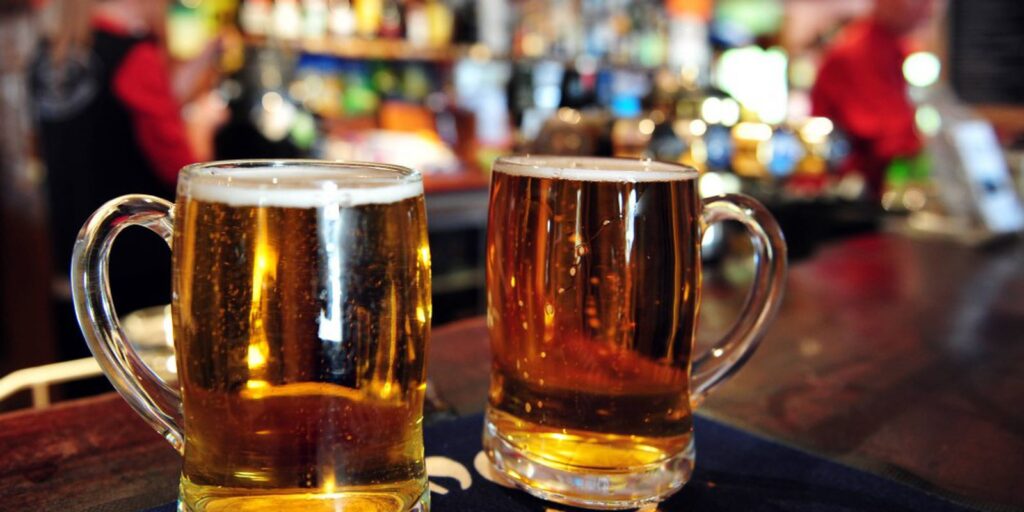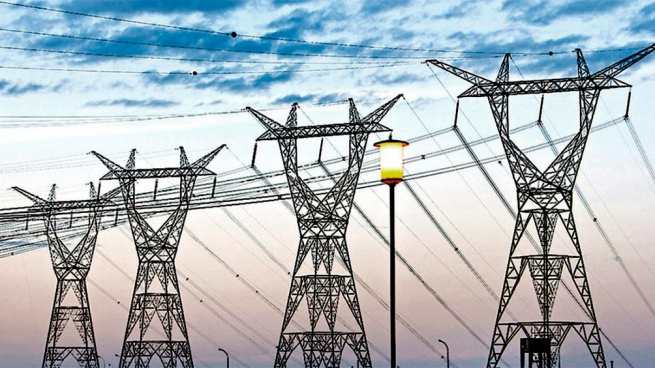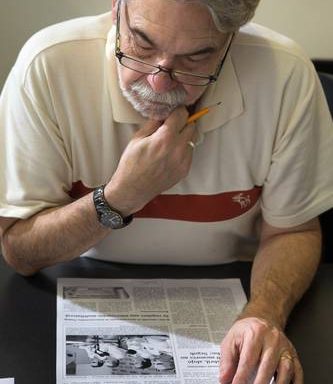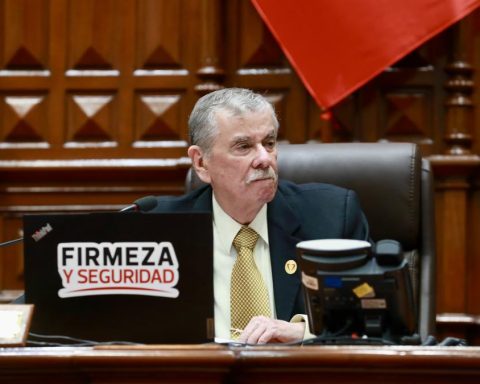The animals pointed out that the main enemies were humans. The piglet “Old Mayor” spread his revolutionary ideas encouraging the expulsion of the administrator H. Jones. The successful revolt created the New Socialist Farm, which by a few months surpassed the previous production. But soon the pigs had more privileges than the other animals. Quickly, the new government, in the name of the Revolution, turned into a tyranny.
The pig leaders began to fight to capture more spaces of power and have more access to gluttony and sensual pleasures, although they did not become pederasts. “Napoleon” defeated “Snowball”, forced into exile, then killed. Angry dogs controlled any protest.
The naive cows believed in the Seven Commandments: “Everything that walks on two feet is an enemy; everything that walks on four legs, swims or has wings is a friend; no animal will wear clothes; no animal will sleep in a bed; no animal will drink alcohol; no animal shall kill another animal; All animals are equal”.
Soon the Marrano regime modified the Commandments. For example, it was subtly justified that one animal can kill another. Obviously the leaders could sleep in bed or drink. “Napoleon” created his own flag, his anthem; he lacked having his own museum in his home town.
The humans of the neighboring farms chose to legitimize the government of socialist boars. They decorated “Napoleon”; although no university named him Honoris Causa.
They praised the achievements of the leadership of the pig that got the other animals to work without schedules, without the right to claim, hungry.
In the end, the donkey, one of the few alphabets, read the new last Commandment changed: “All animals are equal, but some are more equal than others.”
George Orwell’s novel The rebellion on the farm written in 1945, it is a tragic satire on the 1917 revolution against the Russian tsar and the subsequent communist dictatorship. Josef Stalin persecuted, imprisoned and murdered his class enemies, his rivals in the party, the intellectuals, the journalists, the peasants, the workers; to all who dared to think.
In 2022, it is possible to change the names and places in the novel and find the current pigs on the farm. The older pig may be called Hugo Chavez, and the enriched piglets may be his daughters, their mother the piglet. The entire Chávez family wears jewelry while the rest of the little animals starve or migrate to beg at a traffic light in La Paz.
The capon pig has the same features as Daniel Ortega and is responsible for being the murderer of his own comrades; he lets them die in jail, like Hugo Torres, Comandante Uno in the great revolt of 1978; or sentence Commander Dos Dora María Téllez to spend the rest of her life in jail because she does not bow her head to the ring and bracelet Rosario Murillo.
The characters of the fable of the English writer can be found in other countries, including the pigs of the intellectual elite who supported “Napoleon” as writers, before being purged. Pigs who write praising the razzias until the guillotine arrives. Dogs, crows, horses, servile and submissive, waiting for the crumb. The sheep are the worst: they repeat the phrases of the pigs, fearful, without opinion; a shapeless mass that shouts “beeee” in exchange for a few pesos, while being denigrated.


